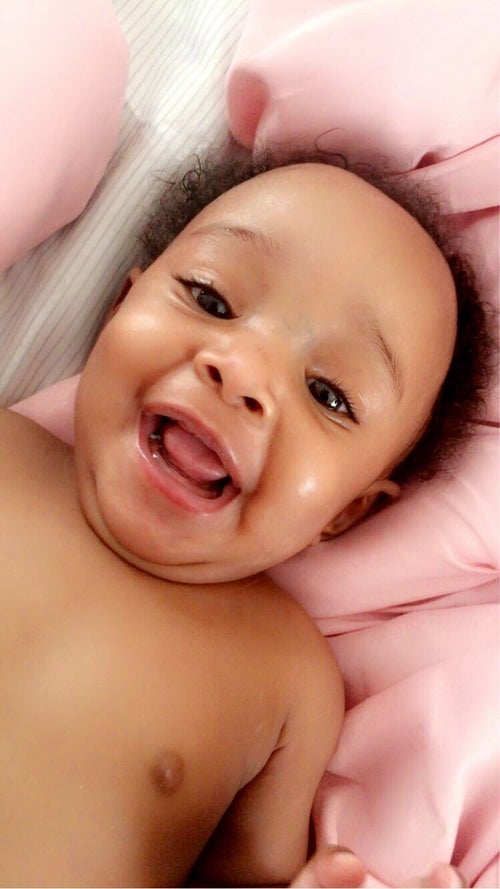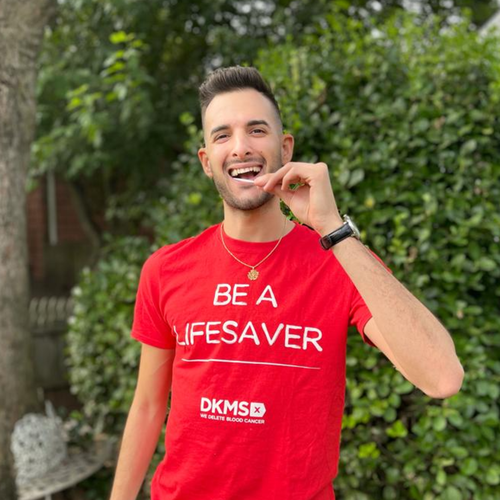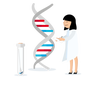
Empower Your Campus to Make a Difference.



Together, We’re Changing the World
Donors registered with DKMS worldwide
Donations from our donors worldwide
There are many ways to get involved and support our mission.
We provide blood cancer patients with a second chance at life.
Frequently asked questions
If you are between the ages of 18 and 55-years-old and in general good health, then you may be able to register as a blood stem cell donor.
If you have previously registered with DKMS or another donor center, there is no need to do so again, as you will already be available for searches worldwide. If you have been diagnosed with any chronic or serious illnesses (whether current or in the past), please check with us before signing up.
The National Marrow Donor Program has established medical guidelines that we follow to protect the safety of the donor. The following medical conditions would prevent a person from registering as a donor or from being cleared to donate.
- HIV
- History of heart surgery or heart disease
- Autoimmune disorders such as lupus, rheumatoid arthritis or multiple sclerosis
- Fibromyalgia
- Factor V
- Sleep apnea, breathing problems or severe asthma (daily inhalers are acceptable)
- Diabetes requiring insulin or injectable medication
- Hepatitis B or C
- Kidney or liver disease
- History of stroke, including TIA
- Multiple concussions or head injuries
- Chronic or severe neck or back problems
- Epilepsy or other seizure within one year
- History of blood clotting or bleeding disorders
- Personal history of cancer (exceptions: Stage 0 or in situ melanoma, breast, bladder, cervical and cured localized skin cancer such as basal cell or squamous cell carcinoma)
A cheek cell sample is collected at registration. The sample is tested for the HLA characteristics and added to the global donor pool. Doctors can then search the registry and find a matching donor for their patient by comparing the patient's HLA to the donor's.
Peripheral stem cell donation
In about 80 percent of the cases the stem cells are taken from the bloodstream. The donor is administered the growth factor G-CSF for five days. This drug increases the number of stem cells in the peripheral blood, which are then obtained directly from the blood using a special procedure. The donation takes 4-8 hours on one or two consecutive days. No surgery is necessary, you can usually leave the clinic the same day. This procedure has been used at DKMS since 1996. During the administration of the drug, flu-like symptoms may occur. Long-term side effects are not known according to the current state of research.
Bone marrow donation
In this method, bone marrow is taken from the donor under general anaesthesia using a special syringe from the iliac crest. Two small incisions in the area of the rear pelvic bone are usually sufficient. The resulting wounds are so small that they only require a few stitches or often no stitches at all and heal quickly. The removal is performed in the prone position and takes about 60 minutes. With bone marrow donation, the risk is essentially limited to the anesthetic. About 5 percent of the bone marrow is taken from the iliac crest. Usually, the donor's bone marrow regenerates completely within 2 to 4 weeks. Local wound pain can occur, similar to a contusion. Only in rare cases can there be pain that lasts longer. The stay in the hospital lasts three days in total. In most cases, as a precautionary measure, a sick note is taken for a few days.
The type of withdrawal depends on the health condition of the patient. A donor should be prepared to use both methods.





















